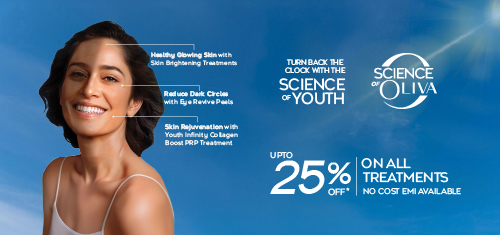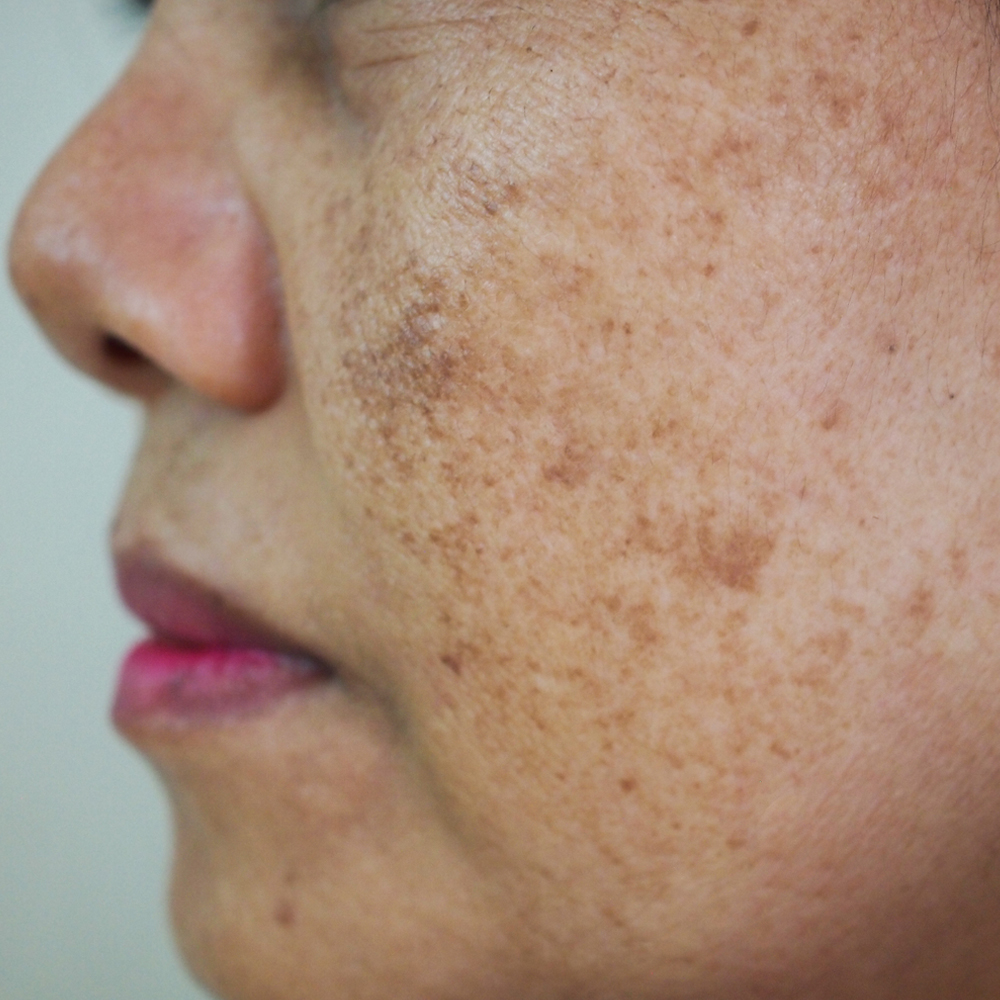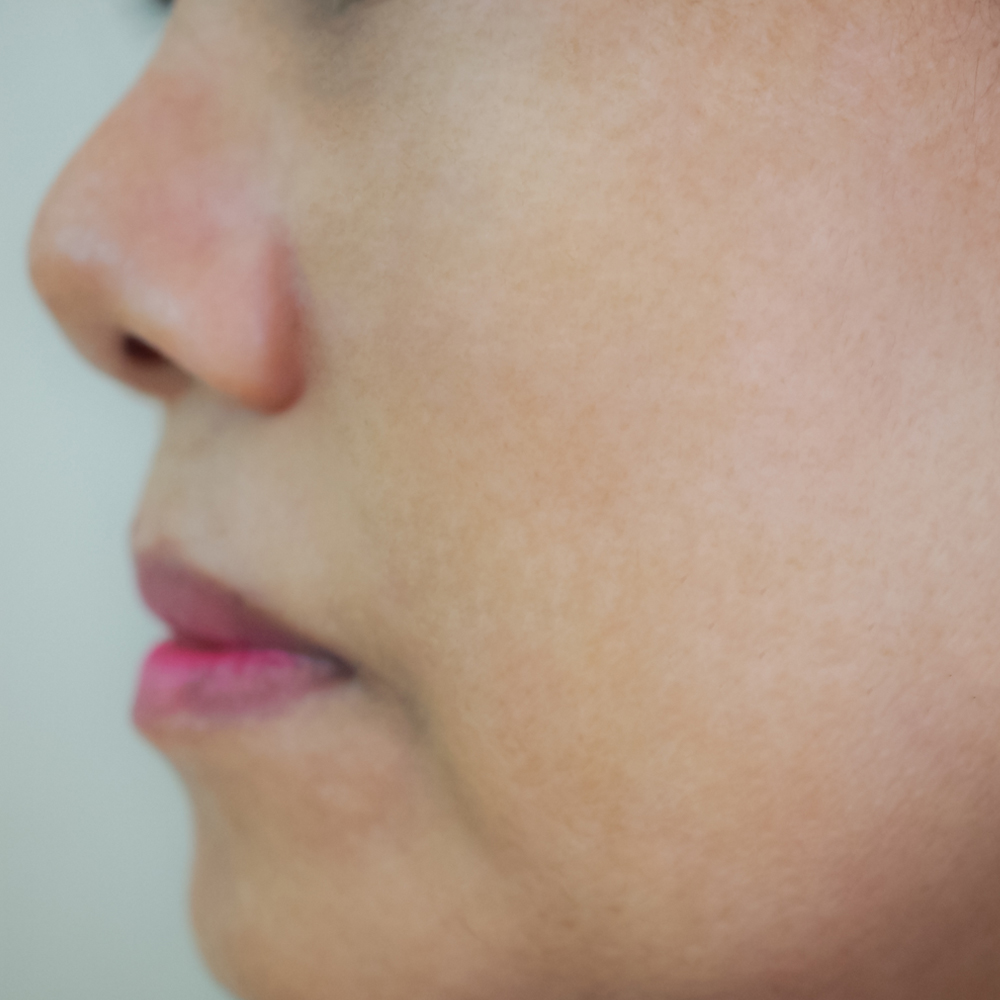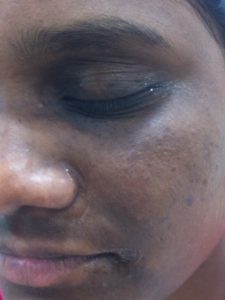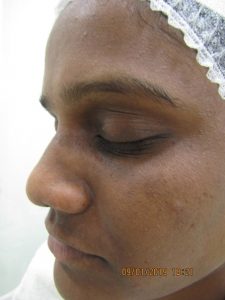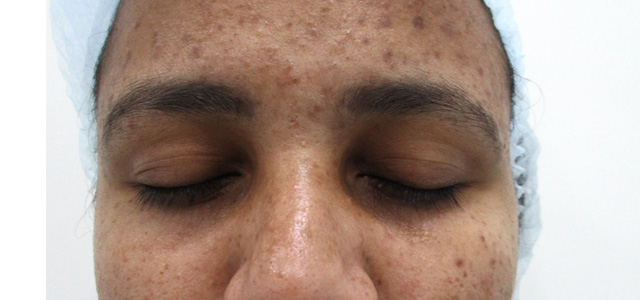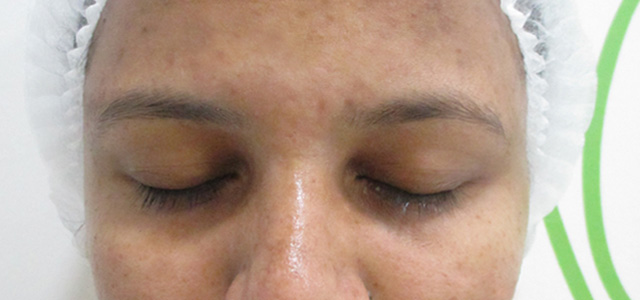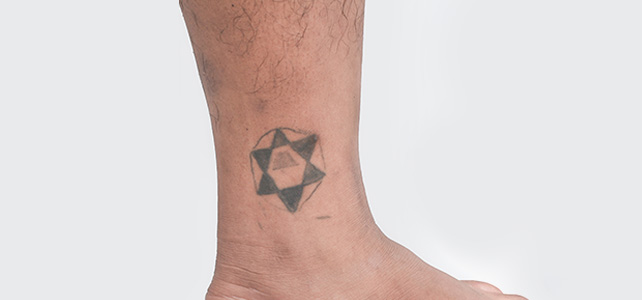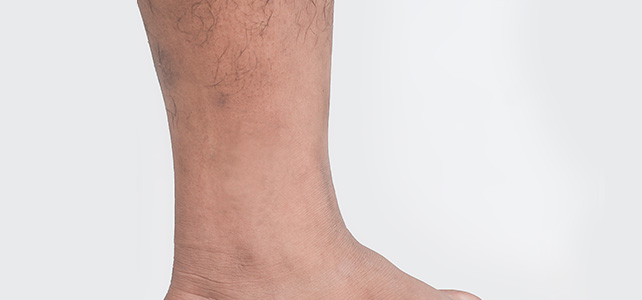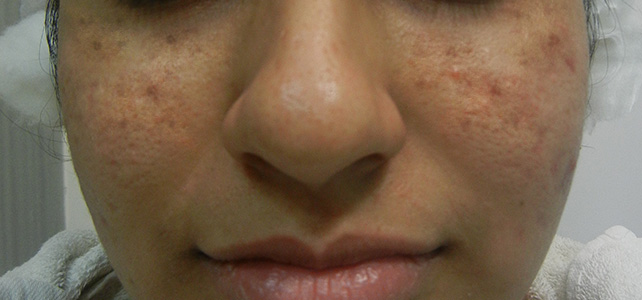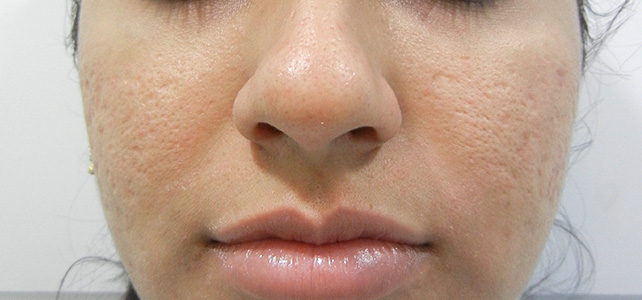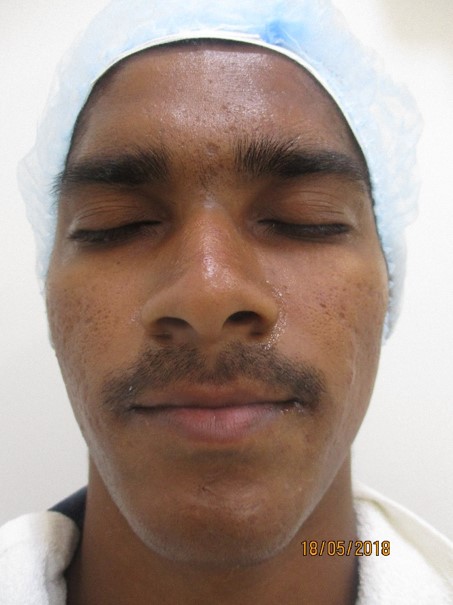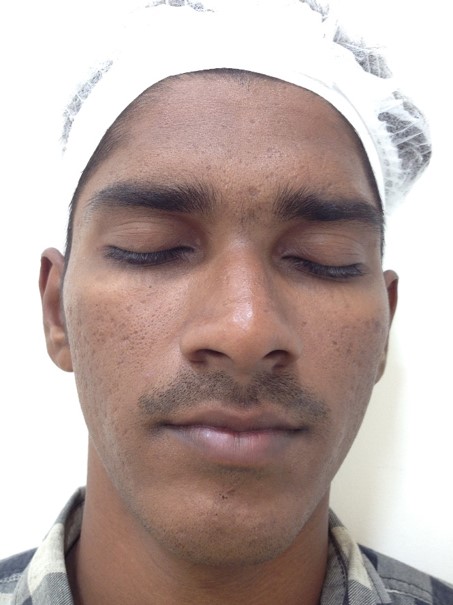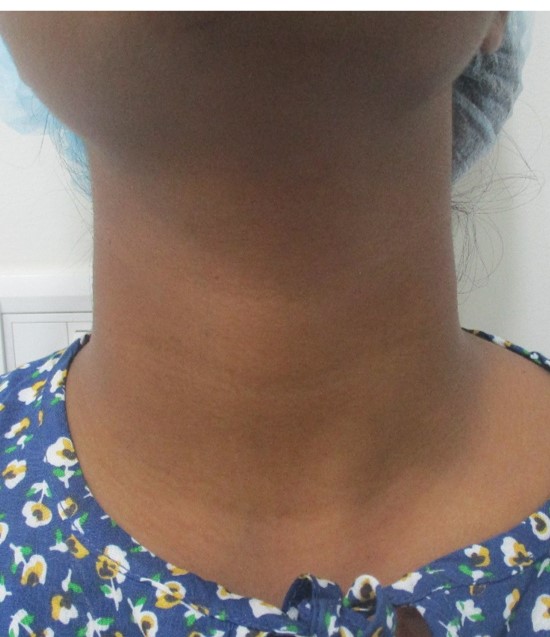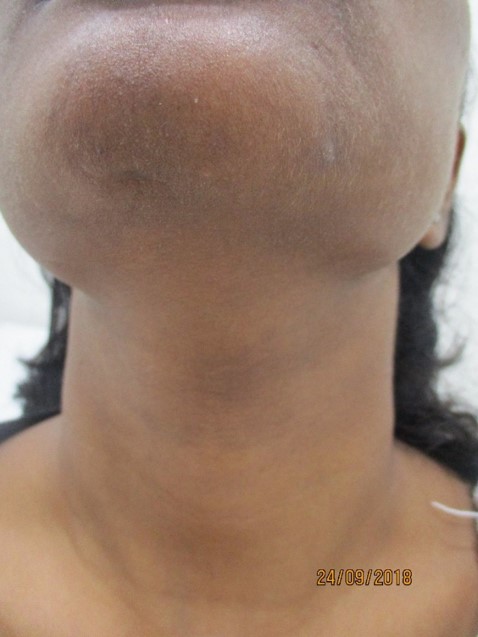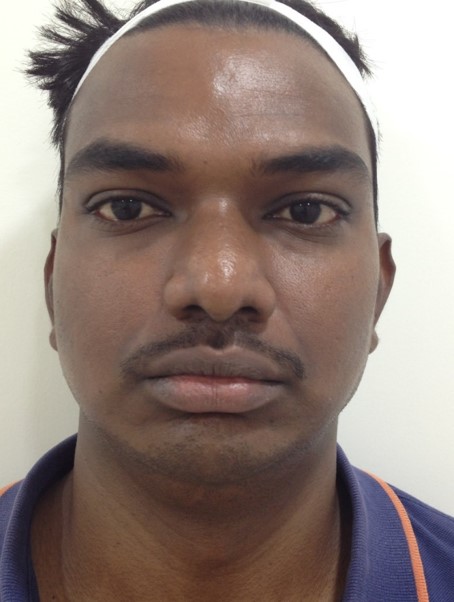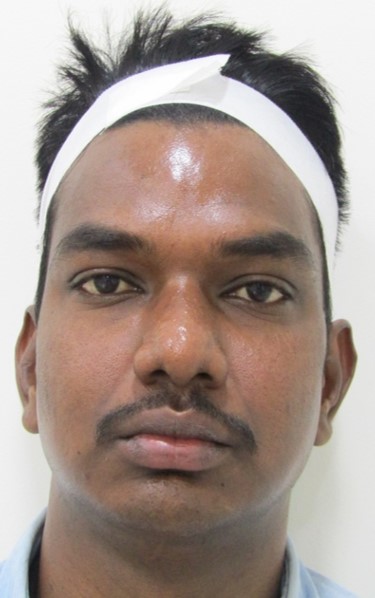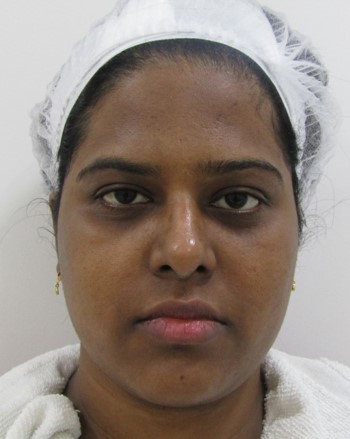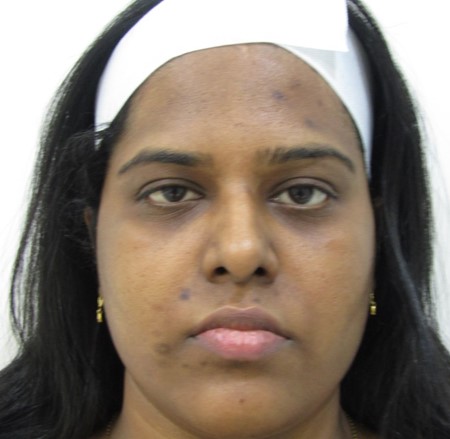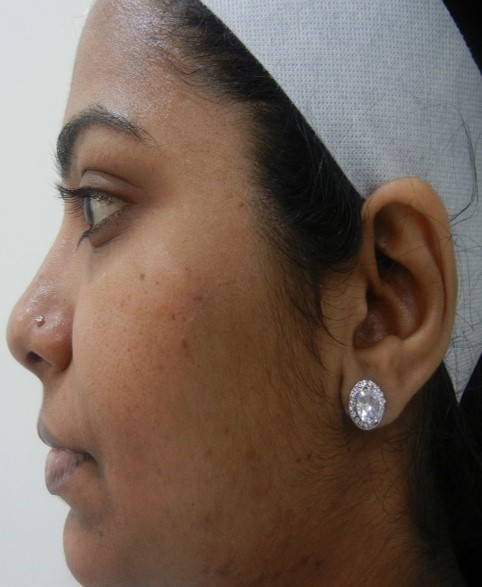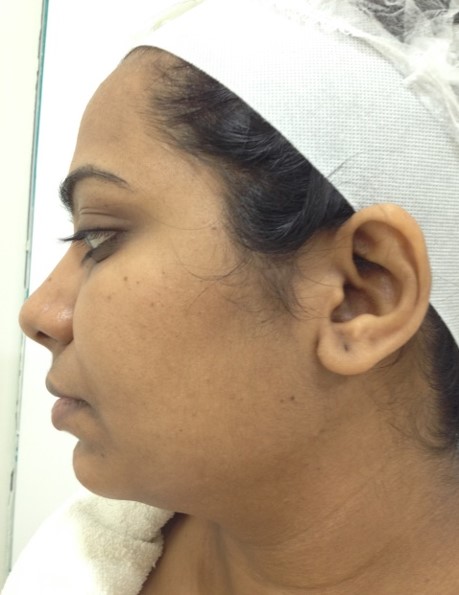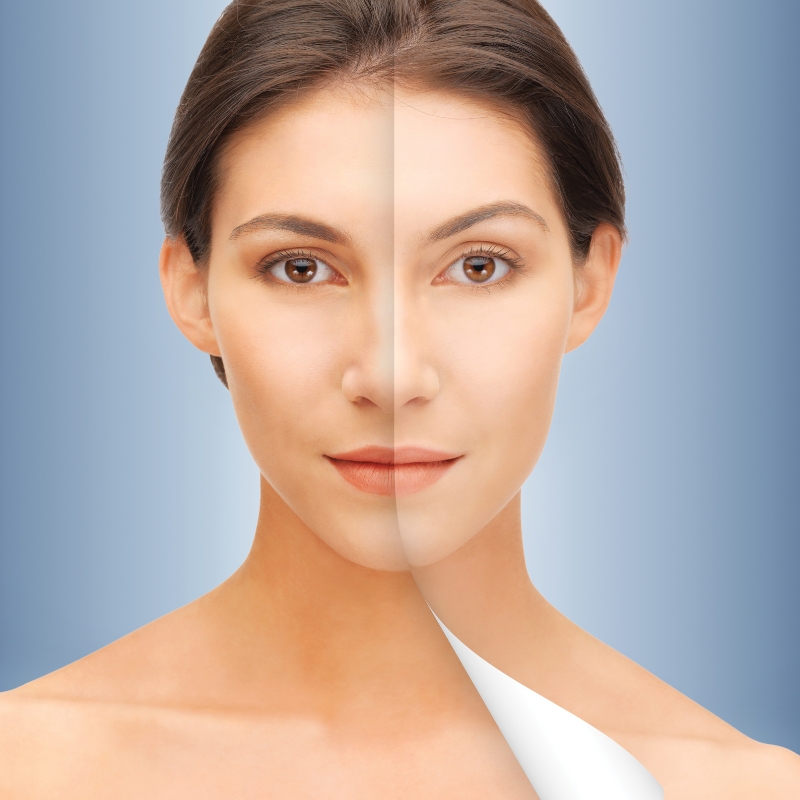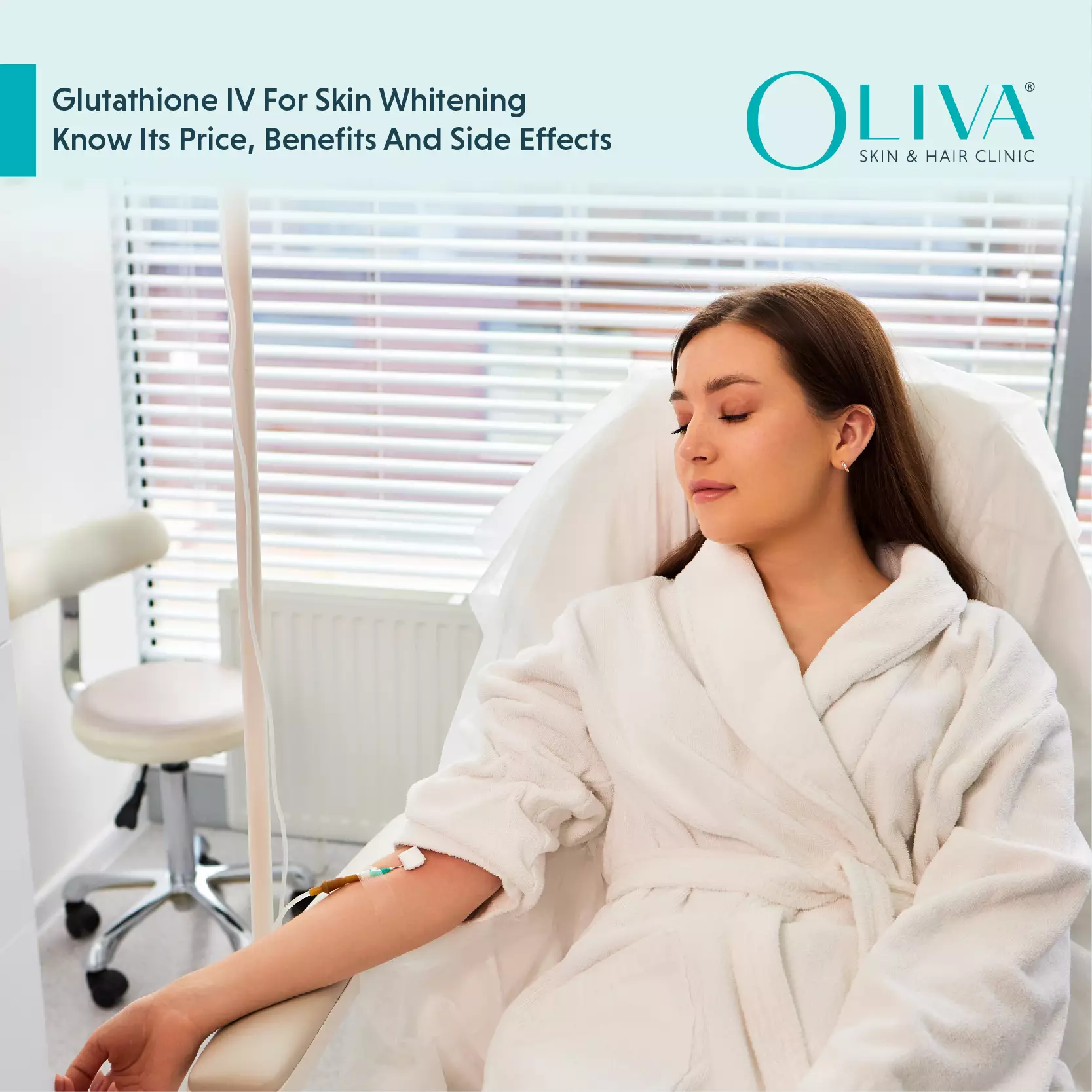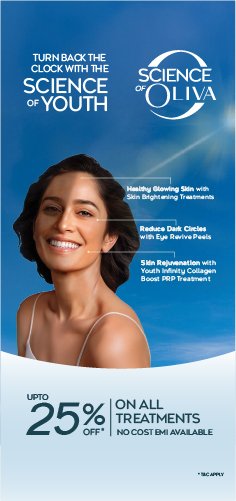Table Of Content
Q Switch Laser Treatment Cost & Side Effects: Price Starts At INR 4,500
Q-switch technology is a laser mechanism that allows for precise control of pulse duration and energy output. This technology enables fine-grained control of laser pulse frequency and intensity, minimizing the possibility of surrounding skin damage. The Q-Switch Nd:YAG laser is known for its high energy output and is widely used in treatments such as tattoo removal, pigmentation, melasma, and skin rejuvenation. This article will take a closer look at the technology, applications, benefits, and risks of Q-Switch Nd:YAG laser treatment.
Table Of Content
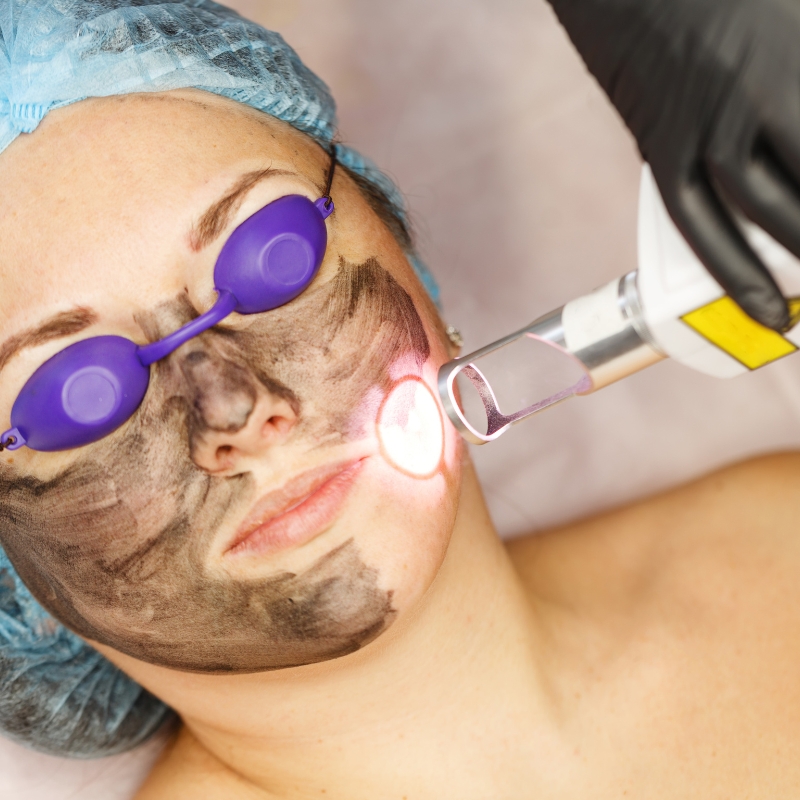
What Is A Q Switch laser?
The Q Switch Nd:YAG laser is a solid-state laser that uses Nd:YAG as the medium to target pigmentation in the skin [1]. The crystal generating the laser’s energy is neodymium-doped yttrium aluminum garnet, abbreviated as Nd:YAG. The term ‘Q-Switch’ refers to how the laser releases energy in short pulses, targeting specific pigmentation areas without damaging adjacent tissue [2]. This laser is commonly used in dermatology clinics for tattoo removal and treating various pigmentation issues like age spots, sun damage, and freckles [3].
Technologies & Laser Wavelengths
A Q Switch laser is a type of laser that employs specialised technology to generate brief, intense energy pulses. In terms of its technology, the Q Switch laser consists of three components:
- The Laser: The laser emits a monochromatic, focused, high-velocity light beam.
- The Nd: YAG rod: The Nd: YAG rod is a crystal rod that is used to produce the laser beam and is made of a material called neodymium-doped yttrium aluminum garnet (Nd:YAG). The Nd: YAG rod plays a crucial role in the effectiveness of the Q-Switch laser, as it allows for the production of the powerful and precise laser beam needed for the treatment.
- The Q Switch Pulse: The Q Switching technique enables the laser to generate extremely rapid energy pulses, which enables it to precisely target and treat specific areas of the skin with precision.
The Q Switch Nd:YAG laser operates at two energy frequencies [4]:
- 1064 nm which is used to target deeper skin layers
- 532 nm, which is used to address hyperpigmentation and more superficial layers. This allows the laser to successfully remove tattoos of various colours and depths.
How Does Q Switch laser Work?
The Q Switch Nd:YAG Laser works by emitting high-intensity light that selectively targets and breaks down specific pigments in the skin, promoting collagen synthesis and rejuvenating the skin’s appearance, making it useful for treating pigmentation and age spots.
The Q Switch laser technology delivers safe and effective results for popular treatments like tattoo removal and laser toning.
Tattoo Removal: The Q Switch laser targets the ink particles in the tattoo and breaks them down into tiny bits that the immune system can then eliminate. Laser radiation is absorbed by the ink particles, splitting them into fragments that are then absorbed by the bloodstream and removed from the body [5]. Because the ink pigments in tattoos absorb light waves at 1064 nm and 532 nm, they are the two most commonly employed laser wavelengths for this purpose.
Laser Toning: Q Switch laser treatment an successfully remove dark spots, sun spots, and other pigmentation issues through the procedure of laser toning. Laser toning is safe, painless, and requires little downtime. During this process, laser beams penetrate deeper into the skin to target the pigments responsible for melasma and post-inflammatory hyperpigmentation, resulting in a more even skin tone and a more youthful appearance [6].
What Conditions Does A Q Switch laser Treat?
A Q-Switch laser is highly effective in treating a variety of skin concerns. It can remove tattoos of different sizes and colors, treat birthmarks, and address pigmented blemishes such as age spots, liver spots, sun tan, and freckles. The laser is also beneficial for conditions like melasma and other forms of hyperpigmentation, as well as acne scars, fine lines, and wrinkles. Additionally, it can treat seborrheic keratosis, enlarged pores, and age spots (also known as lentigines). The Q-Switch laser can even help rejuvenate the skin, improving conditions like rosacea and promoting a smoother, clearer complexion overall.
Benefits Of Q Switch laser Treatment
The Q-Switch laser treatment provides several benefits such as:
- Safe and Effective: Performed by a medical professional, the procedure is designed to minimize the risk of side effects while providing effective results.
- Minimal Downtime: After the treatment, one can return to their normal activities with minimal interruption.
- Versatile: It can be used to treat a wide range of conditions including tattoo removal, birthmarks, pigmented lesions, laser toning, and more.
- Least Discomfort: In most cases, patients have a positive experience with the treatment and minimal discomfort.
- Quick Treatment Sessions: The treatment sessions are typically short, lasting anywhere from 20 minutes to an hour, depending on the condition being treated.
- Safe for All Skin Types: The treatment is safe for all skin types and can be customized to suit individual needs.
- Gentle: It is a mild procedure suitable for people with sensitive skin as it minimizes the risk of scarring.
How Much Does Q Switch Laser Treatment Cost In India?
The cost of Q Switch laser treatment in India can vary based on several factors, such as the clinic’s location, the expertise of the dermatologist, the size of the treatment area, and the specific condition being treated. On average, Q-Switch Laser Treatment price typically ranges from INR 4,500 to INR 15,000 per session.
Here’s a city-wise breakdown of Q-Switch Laser Treatment Costs in India:
| City | State | Cost Per Session (₹) |
| Mumbai | Maharashtra | ₹5,000 – ₹10,000 |
| Delhi | Delhi | ₹4,500 – ₹9,500 |
| Bangalore | Karnataka | ₹4,000 – ₹9,000 |
| Hyderabad | Telangana | ₹3,500 – ₹8,500 |
| Chennai | Tamil Nadu | ₹3,500 – ₹8,500 |
| Pune | Maharashtra | ₹3,500 – ₹8,000 |
| Kolkata | West Bengal | ₹3,000 – ₹7,500 |
| Ahmedabad | Gujarat | ₹3,000 – ₹7,000 |
| Kochi | Kerala | ₹3,500 – ₹8,000 |
| Vizag | Andhra Pradesh | ₹3,500 – ₹7,500 |
| Vijayawada | Andhra Pradesh | ₹3,000 – ₹7,000 |
| Noida | Uttar Pradesh | ₹4,000 – ₹8,500 |
Note: The cost varies based on factors such as the clinic’s reputation, dermatologist expertise, and the number of sessions needed. A personalized consultation can help determine the exact pricing for your skin concerns.
Before & After Results Of Q Switch Laser Treatment
For a better understanding of the process at Oliva Skin and Hair Clinic, here are some before-and-after pictures:
Who Is The Right Candidate For A Q-Switch laser Treatment?
Ideal candidates for treatment with a Q-Switch laser are:
- People with tattoos of dark colours, including black, brown, and dark blue on body, face, or hands
- For darker skin types, Q-Switch Nd:YAG laser at 1064 nm reduces epidermal damage and pigmentation alteration [7]
- Individuals affected by sunspots, hyperpigmentation, and other conditions
- Individuals seeking non-invasive anti-aging or general skin rejuvenation treatments
Avoid Q-Switch laser treatment if you are an individual with:
- Light-coloured tattoos, such as light blue, green, yellow, or pink.
- Tattoos older than 15 years
- Tattoos on their feet, fingers, or toes, or in close proximity to eyes
- Sensitive skin, a history of keloids, or scarring
- A history of skin disorders or taking drugs as that can enhance light sensitivity
- Pregnant or nursing mothers
- Particular medical disorders, such as diabetes or heart disease
Notably, complete consultation and examination by trained medical practitioner should be sought to determine suitability for specific concerns.
Risks & Side Effects Of Q-Switch laser
Few side effects and risks involved in Q-Switch laser treatments are:
- Experiencing pain or discomfort during treatment
- Redness, swelling, and itching of the treated area that are temporary
- Changes in skin tone, such as skin lightening or darkening
- The treated area sometimes develops blisters, crusts, or scabs
- Scarring or infection may result from improper care of the treated region
- In case of tattoo removal, sometimes the tattoo might not be entirely removed, or it might be replaced by a scar.
- Sun damage, if proper sun protection is not used.
- Risk of burns, if the laser energy is too high
Experienced and licensed practitioners can typically minimize the mild and transient side effects of Q-Switch Nd:YAG laser treatment. Following the aftercare instructions provided by the practitioner is essential to reduce the likelihood of adverse effects.
Takeaway
Q-Switch laser technology is highly advanced, effective and safe for a variety of cosmetic procedures, including tattoo removal and laser toning. The experienced dermatologists at Oliva Skin, Hair & Body Clinic use the latest Q-Switch laser technology to deliver safe and effective results. Comprehensive consultations can be conveniently booked online and are available at any of our 32 state-of-the-art clinics nationwide.
Frequently Asked Questions
Q-switching is a laser technique used to generate short, high-intensity pulses of light.
The Q-Switch laser is a type of laser treatment used to target and break down pigment in the skin. It is effective for treating conditions like pigmentation, acne scars, tattoos, age spots, sun damage, and melasma. The laser emits short, high-energy pulses that break down the pigment into smaller particles, which are then naturally absorbed and eliminated by the body.
The number of Q-Switch laser sessions required varies depending on the condition being treated and the individual’s skin response. For pigmentation, 2-4 sessions are typically needed, while tattoo removal may require 6-10 sessions for complete removal. Your dermatologist will assess your skin and provide a personalized treatment plan.
Q switching is suitable for selective photothermolysis, which targets specific tissues without affecting adjacent ones.
Yes, Q-Switch lasers can be used to remove hyperpigmentation.
Q-Switch lasers do not directly “whiten” the skin. However, they can reduce pigmentation such as dark spots, melasma, and sun damage, leading to a more even skin tone and improved skin radiance. It can also enhance overall skin texture and clarity.
The results from Q-Switch laser treatment are visible within 7-10 days.
Q-Switch laser treatments can provide long-lasting results, but the permanence depends on the condition being treated. For pigmentation and skin rejuvenation, results are often long-lasting, though some clients may need maintenance treatments. In cases of tattoo removal, results are permanent once the tattoo is fully removed. However, new skin damage or exposure to the sun can affect the results over time.
The frequency of Q-Switch laser treatments depends on the condition being treated. For pigmentation and skin rejuvenation, treatments are generally spaced 3-4 weeks apart. For tattoo removal, sessions are usually spaced 6-8 weeks apart to allow the skin to heal between treatments. Your dermatologist will guide you on the optimal treatment schedule for your specific needs.
PicoSure laser is more effective than Q-Switch laser for tattoo removal, pigmented lesions, acne scarring, and melasma.
When comparing IPL (Intense Pulsed Light) and Q-Switch lasers, Q-Switch lasers are generally the better option for treating deeper pigmentation, stubborn scars, and tattoos. IPL may be effective for superficial pigmentation or mild skin issues, but it’s not as powerful or precise as the Q-Switch laser. The Q-Switch laser can target deeper layers of the skin, offering better results for more challenging concerns like deeper pigmentation and tattoos. For optimal and long-lasting results, especially for stubborn skin issues, Q-Switch is often the more reliable choice.
Pigmentation may result from Q-switch laser treatment if the laser intensity is too high or if the treatment is not performed properly.
Q-Switch Nd:YAG laser operating at a frequency of 1064 nm is an efficient method for treating melasma, even in people of color without causing serious side effects.
Q-Switch lasers are not typically used for treating active acne breakouts.
Yes, the Q switch laser heats the deeper layers of the skin without damaging the surface, making it ideal for sensitive areas.
The pain level during a Q-Switch laser treatment is generally mild to moderate. It feels like a slight snapping sensation on the skin. The discomfort is brief, and most people tolerate it well. Numbing creams can be applied before the procedure to minimize discomfort, especially for sensitive areas.

